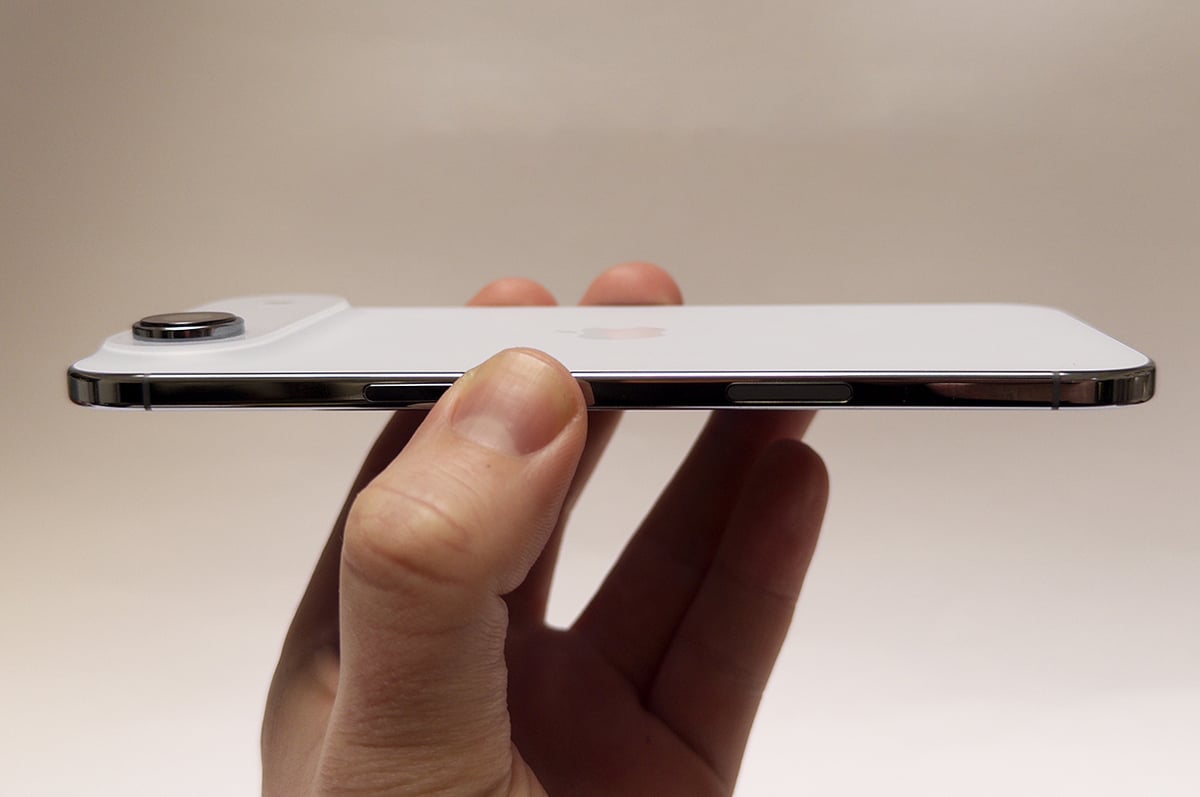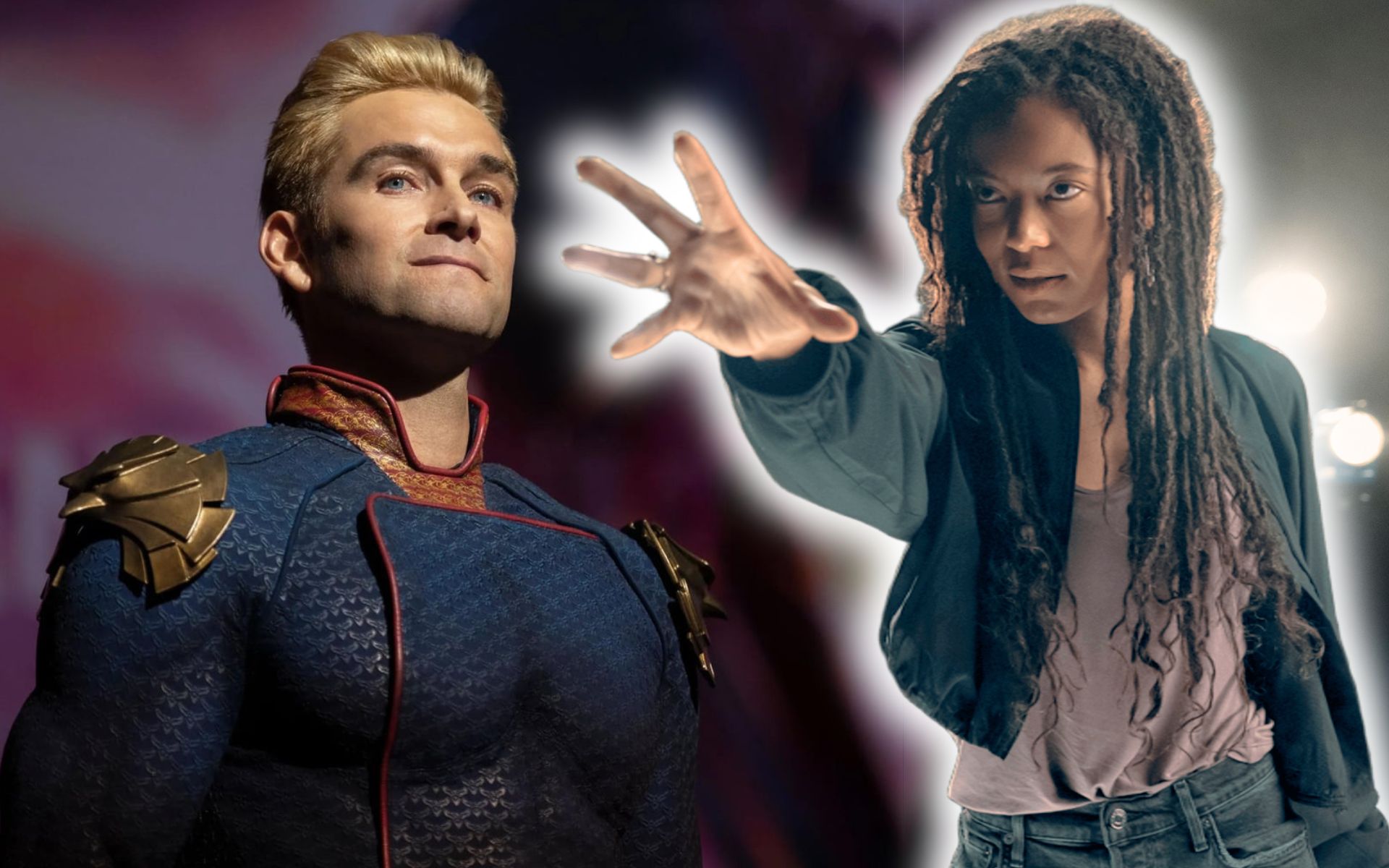I have already spoken more than once about the sharply polarized attitude towards anime in our country. In two previous articles, I touched on the topic of censorship of anime and its distribution in other countries. And today we’ll talk about more subject pieces.
To begin with, let’s draw a conditional portrait of our interlocutor: about 25-35 years old, tastes and hobbies associated with something popular, and about anime all knowledge is limited to a stereotype level “this is something not very good” Our task is to offer this person such examples of Japanese animation that they will definitely like and, perhaps, make them change their attitude.
Introduced? Or maybe it fits this description? Great. Now I’ll tell you about 5 projects that everyone should definitely watch.
1. “Princess Mononoke.” To understand why Miyajaki is loved

I propose to start, so to speak, with the basics – the works of the great Hayao Miyazaki. Strictly speaking, this list could literally include any of his films. But I personally believe that you need to get acquainted with the master’s work with the film “Princess Mononoke” from 1997.
Yes, this is the same movie (not a cartoon!), causing Miyazaki to threaten Harvey Weinstein with a katana.
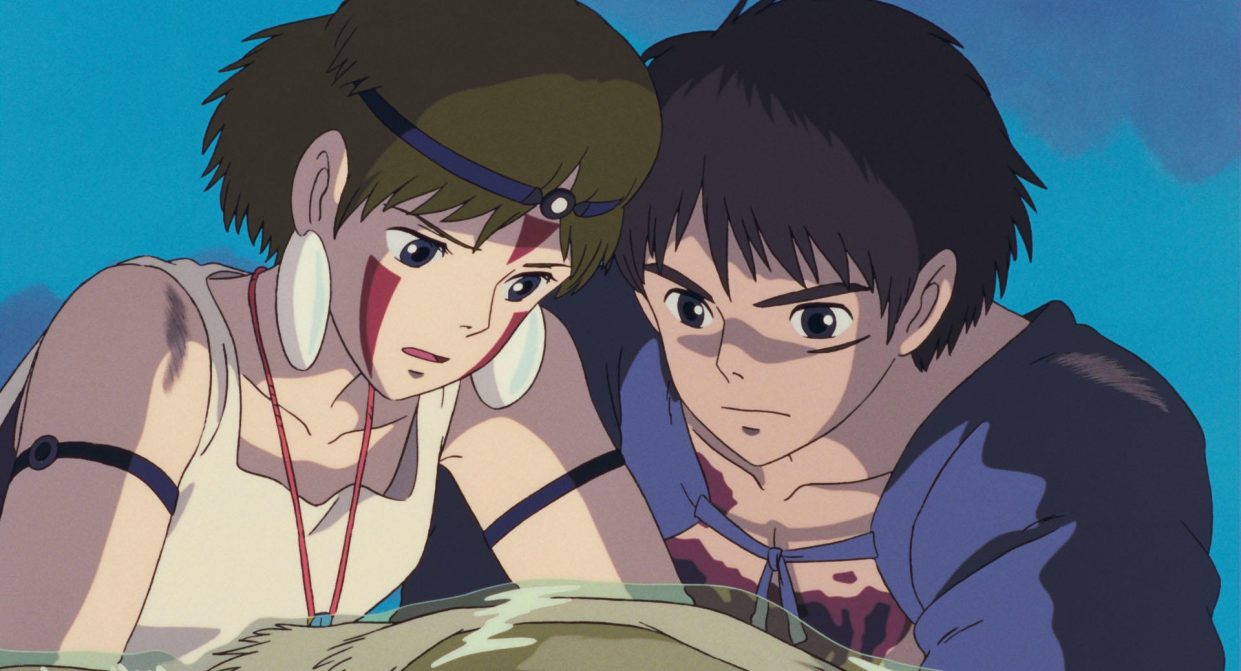
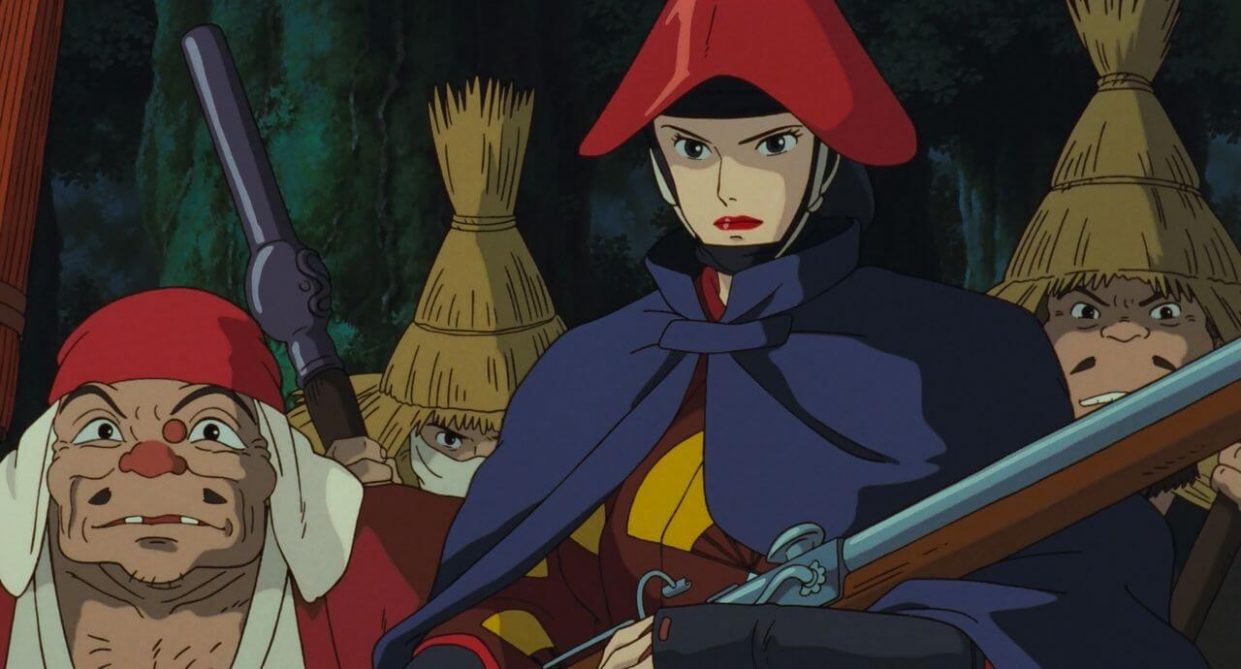
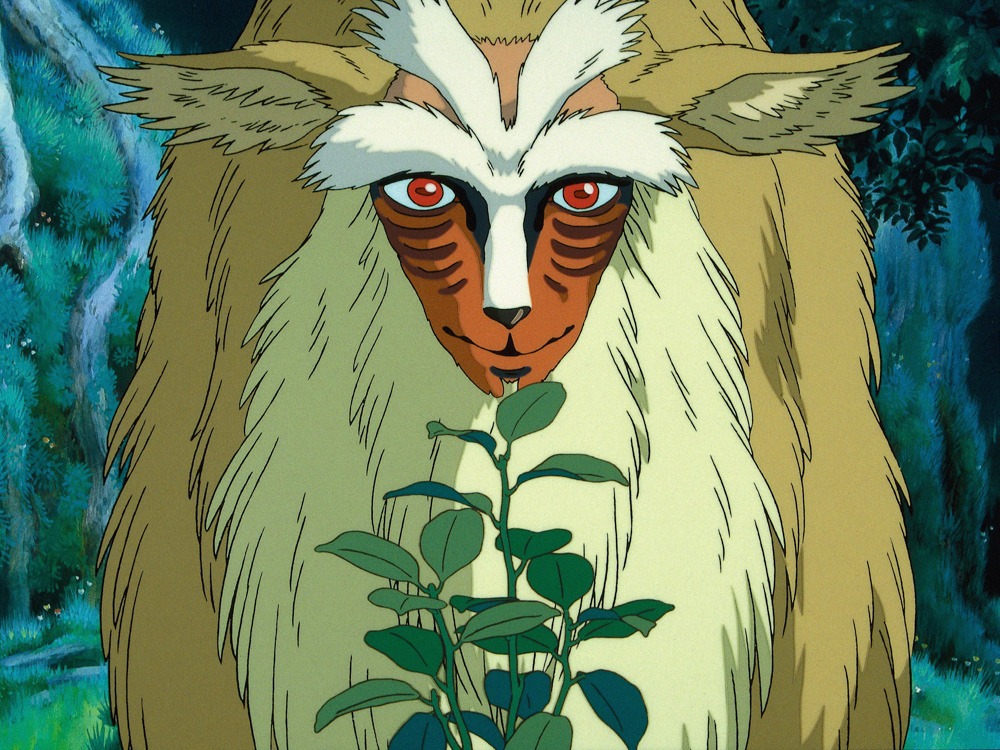
At first glance, Princess Mononoke may seem like a fairly innocuous story about friendship in Japan during the late Muromachi period. However, it is better not to watch the film with children. The story follows the life of Prince Ashitaka, who is struck by an ancient curse of hatred. To get rid of him and protect his people, the president goes on a trip to the West, where he also finds the reason for his weakness.
However, instead of healing, the hero finds himself injured in a fierce confrontation between the People and the Forest. The side of people is represented by the “Iron City”, where technology is rapidly advancing, including through the usurpation of nature.
One of the main themes of the film can be called the moral conflict between the growth and development of events and the need to preserve nature and the inherent picture of the struggle of people and animals for their corner in our world. “Princess Mononoke” is a brutal, sometimes very dark work that can be created even today.
👁️ Watch in Okko
“Attack on Titan.” For those who love good action drama

I sincerely envy people who over the past 10 years have never heard of Hajime Isayama’s monumental (and, by the way, debut) work. I’m doubly jealous of those who haven’t caught a single spoiler in all this time.
“Attack on Titan” is a truly cult project, the plot of which has been the subject of a great many theories, and people are arguing over the interpretation of its ending today.
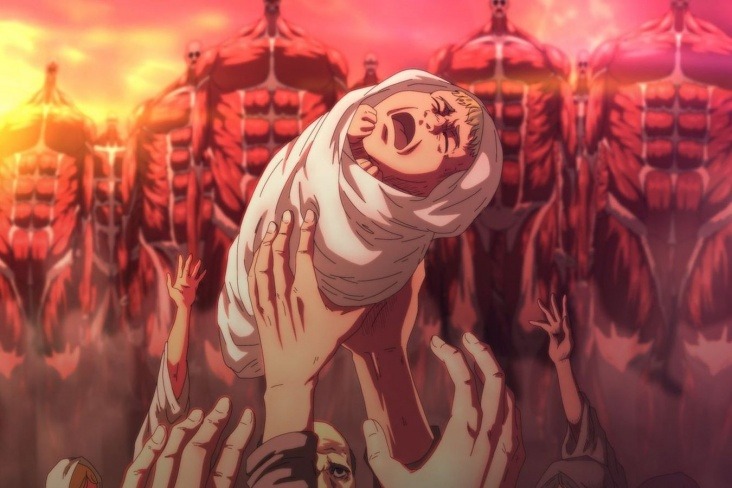
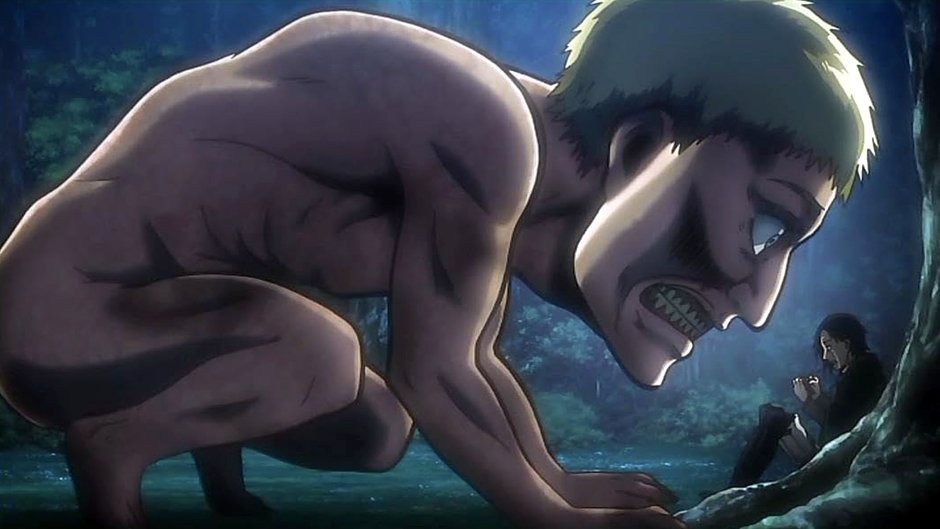
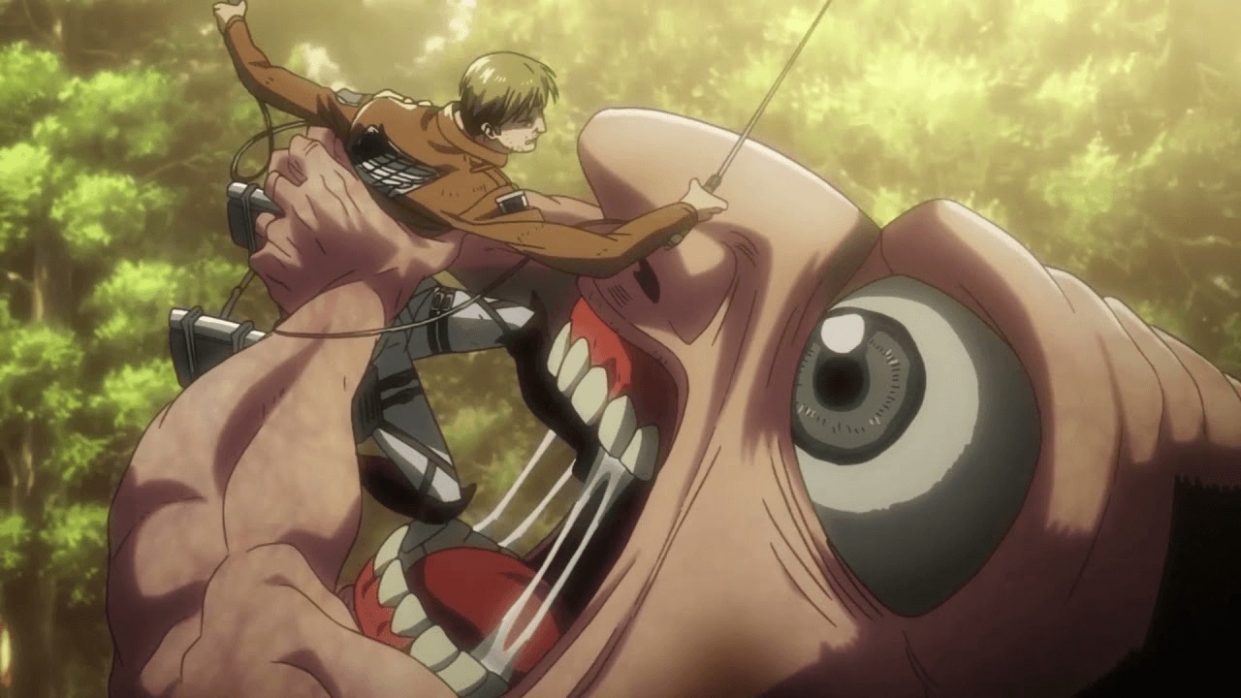
The gist is this: humanity has been living under the wind of carnivorous monsters for many years and is forced to hide behind walls. There is not much peace left for their destruction (according to eyewitnesses), and there are not many people left in general. In such a life, the main character is Eren Yeager. However, one day the Titans will break through the wall, which will set off a long chain of events for several years to come.
The plot of “Attack on Titan” (especially if you don’t know it in advance) is more reminiscent of the script of classic television series – the old episode interrupts events and does not let go for a minute. This is all presented through a gorgeous visual style that again references the principle and Western animation, resulting in anime scenes. There are a lot of static and hyper-detailed shots in the series; the flight scenes on the UPM are truly breathtaking.
The story itself is very multi-layered and raises quite fundamental questions, from the cost of the life of one soldier on the battlefield to philosophy, and how far it can go. All this is also mixed with politics, intrigue and unexpected mortal characters with a great soundtrack. If you missed this masterpiece, you can even catch up on the article officially on the Kinopoisk service.
👁️ Watch in KinoPoisk
3. “Psycho-Pass”. For lovers of cyberpunks and detectives

Usually, when people talk about cyberpunk anime, the first thing that comes to mind is Akira and Ghost in the Shell. In my case, Psycho-Pass is understood first, and then everything else.
The project is ambiguous in many aspects, but no less interesting for that.
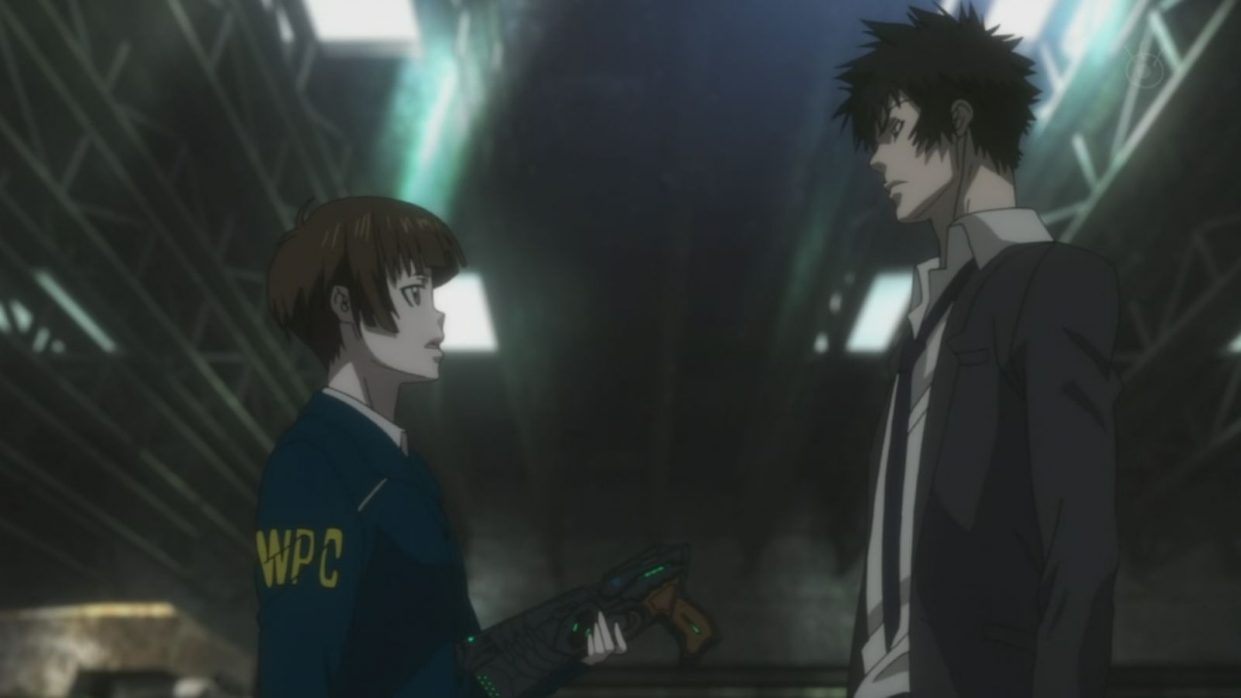
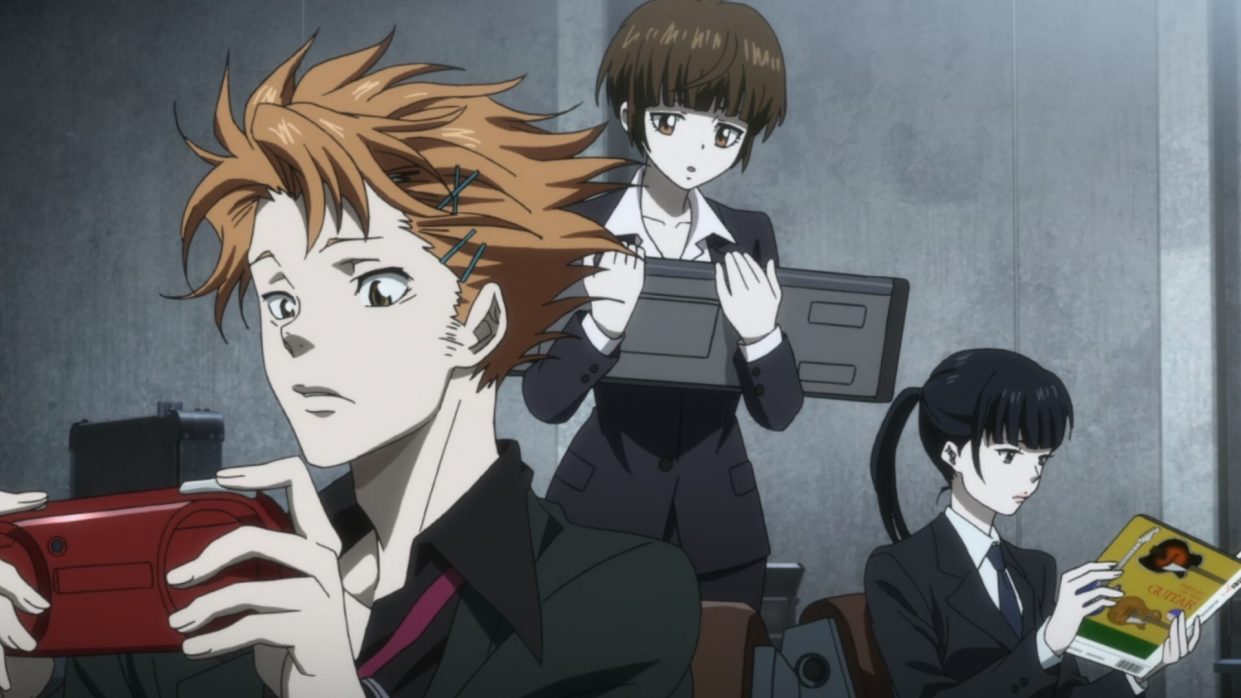
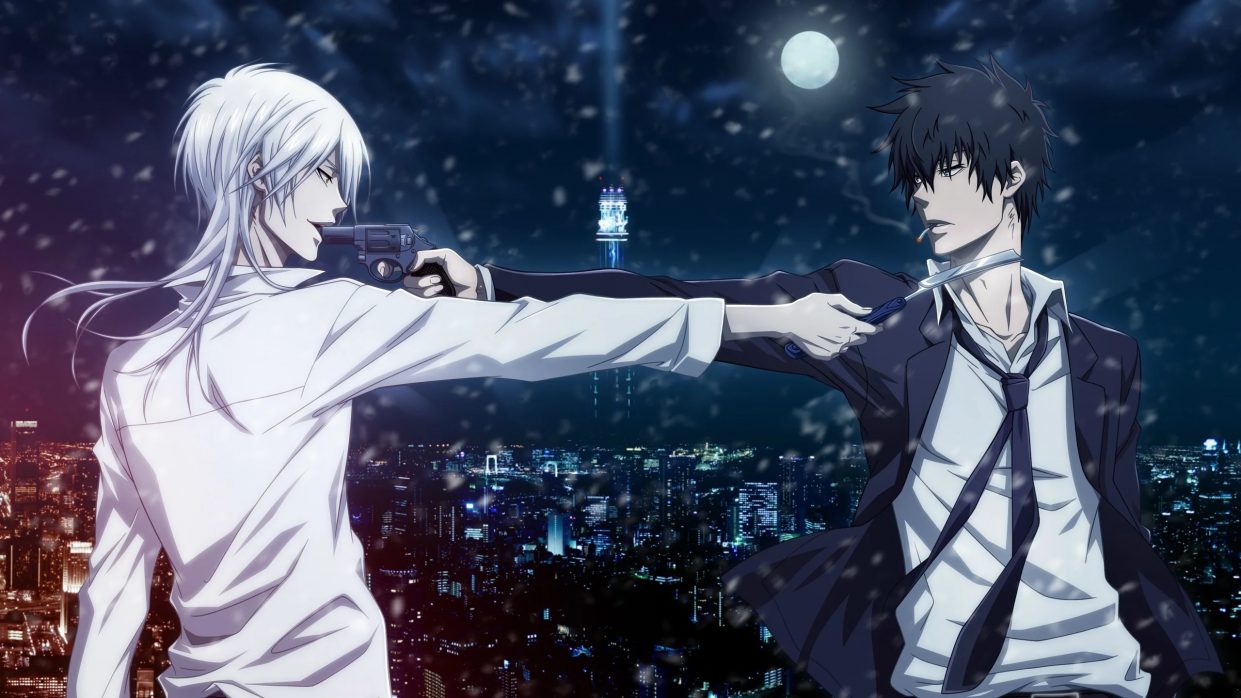
Let me clarify in advance that I really recommend watching only the first season. It is, if anything, a complete and complete story. The next series (and the full-length films based on them) are also not bad in principle, but they are not as catchy as the first joint case of Akane Tsunemori and Shinga Kogami from the Public Security Bureau.
The plot, the story takes place in the future, there is a technology called the “Sibyl System” that allows you to measure and evaluate a person’s personality and state of mind. Based on these data, the so-called The “crime coefficient” of each person, which directly affects his position in society and allows for the preventive suppression of crime. At least on paper.
The first season is about a man who learned to control his “Crime Quotient” and became essentially invulnerable to forensic serial killers and his retinue of followers. The series repeatedly emphasizes the adequacy of the issue of providing an administrative rating, the philosophy of killers and human rights in general. Looks like one breath.
👁️ Watch on RuTube
“Parasite: Teaching about Life.” To look at body horror and think about the fundamental

Parasite: A Lifetime Study is originally a manga published between 1990 and 1995 and is ranked the 12th best manga of all time according to a poll conducted by the Japanese Ministry of Culture.
The anime adaptation came out 19 years after its completion.
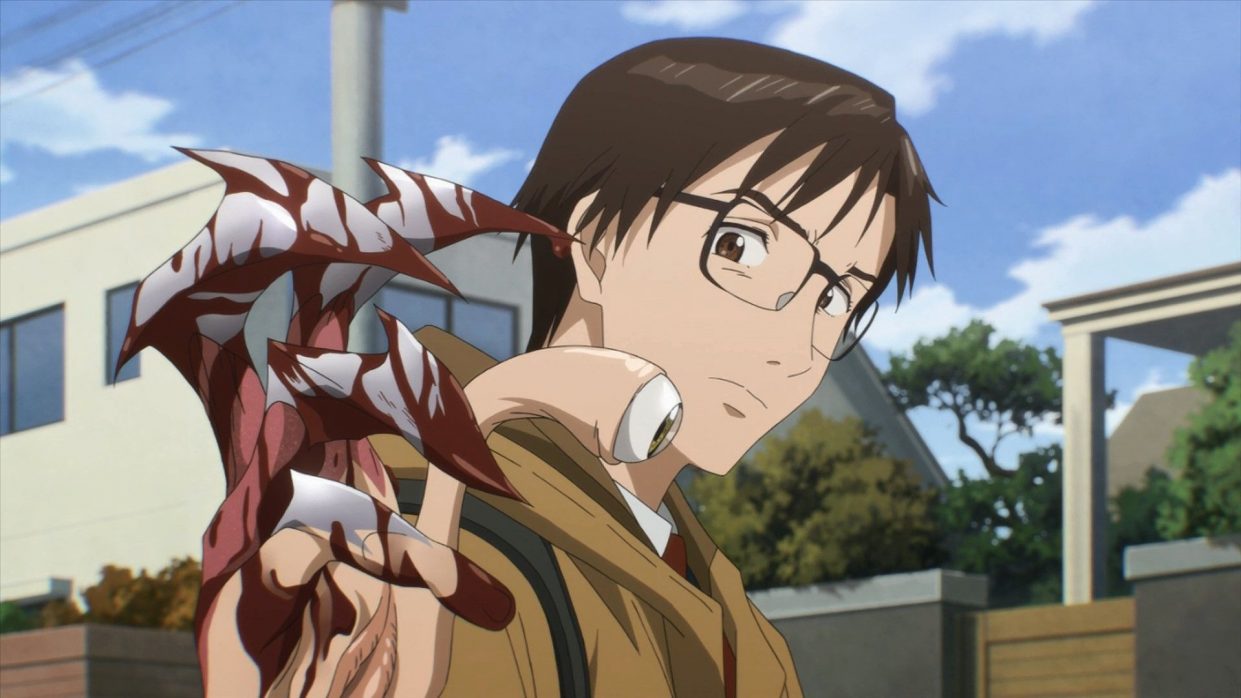
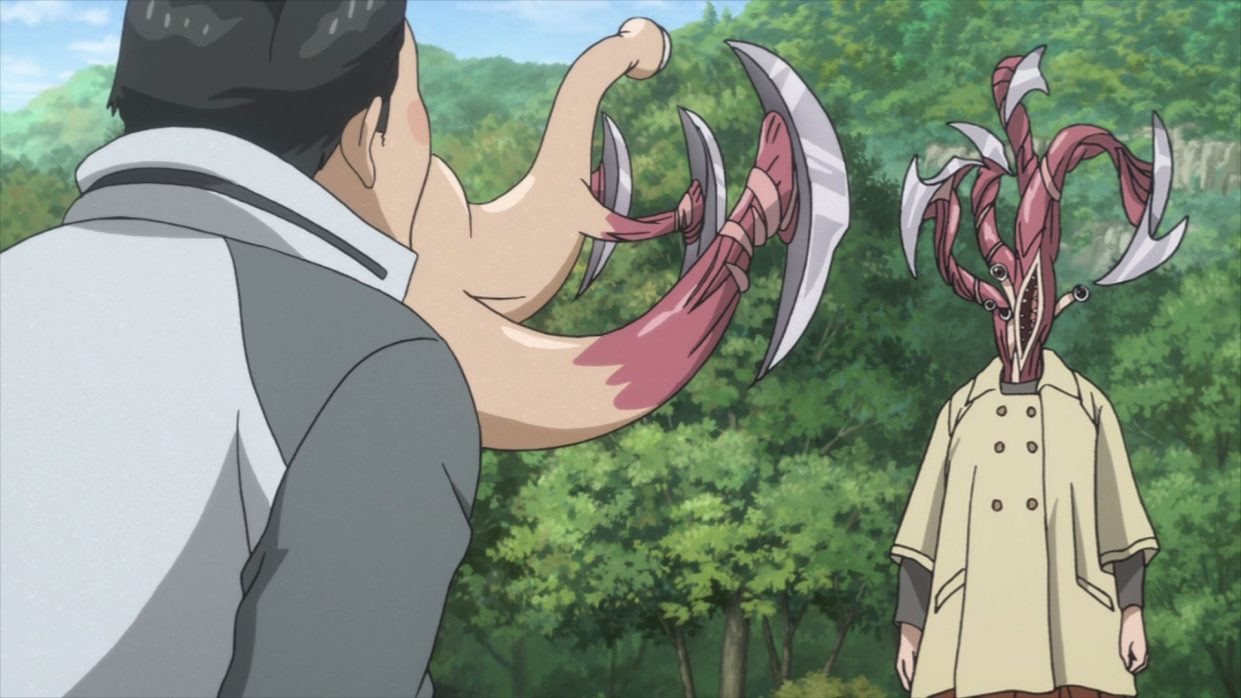
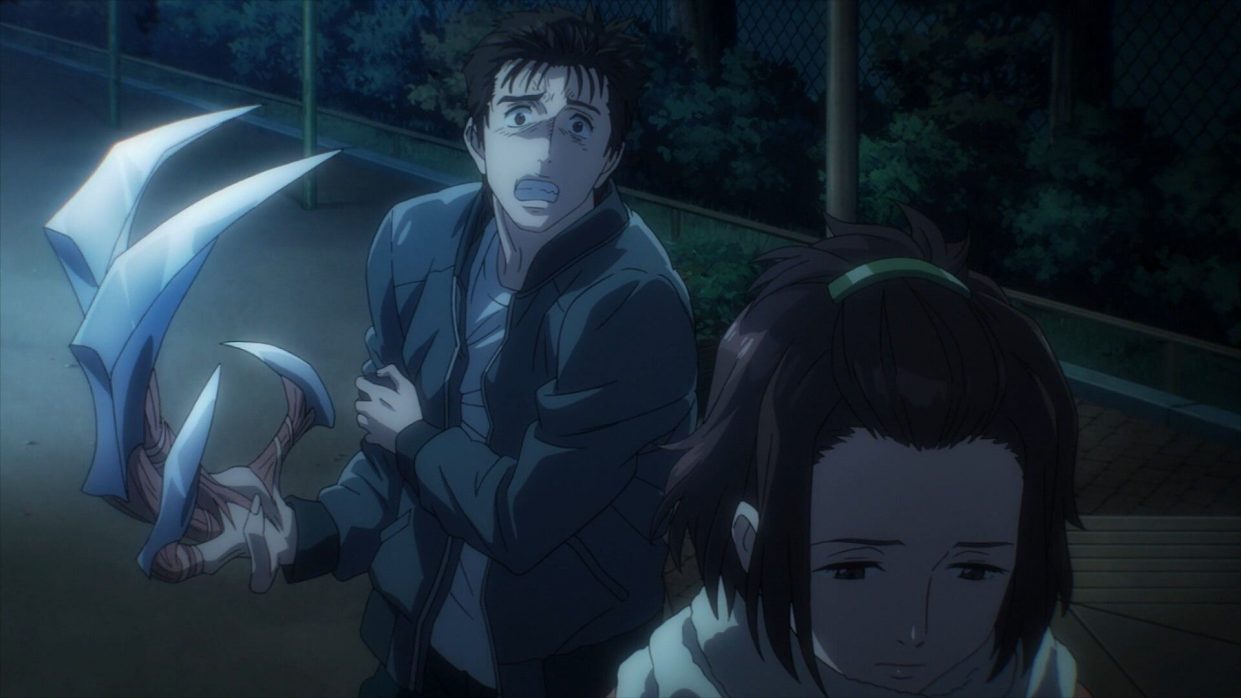
According to the plot, one winter night, along with the snow, parasites fall across Japan – creatures unknown to science that begin to infect and assimilate people and animals. The main character, Shinichi Izumi, was a little luckier than many: he only had a fragile hand. The creature took the name Pravik (or Miigi in Japanese), quickly learned all the basics of the universe (literally in a couple of nights) and is now trying to figure out how to coexist with an organism that cannot give itself completely. After all, Izumi’s death means the death of Pravik.
Parasite: A Study of Life raises very deep questions, such as whether humans have the right to destroy other species. The same Izumi is extremely dissatisfied with the fact that Pravik’s relatives kill other people, but Pravik himself more than once asks the question: “Well, you kill animals to eat, so, in fact, what’s the difference?” In parallel with this, there will be epic battles, romantic lines and even drama.
👁️ Watch in KinoPoisk
“The city where I am not.” A must for those who want a touching time travel story

Finally, I offer a very warm and heartwarming story to while away a winter evening.
And this despite the fact that “The City Where I’m Not In” is actually, to some extent, a detective story.
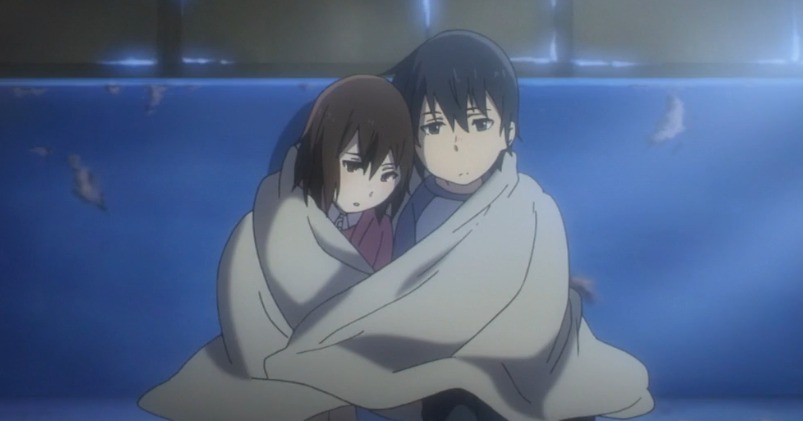
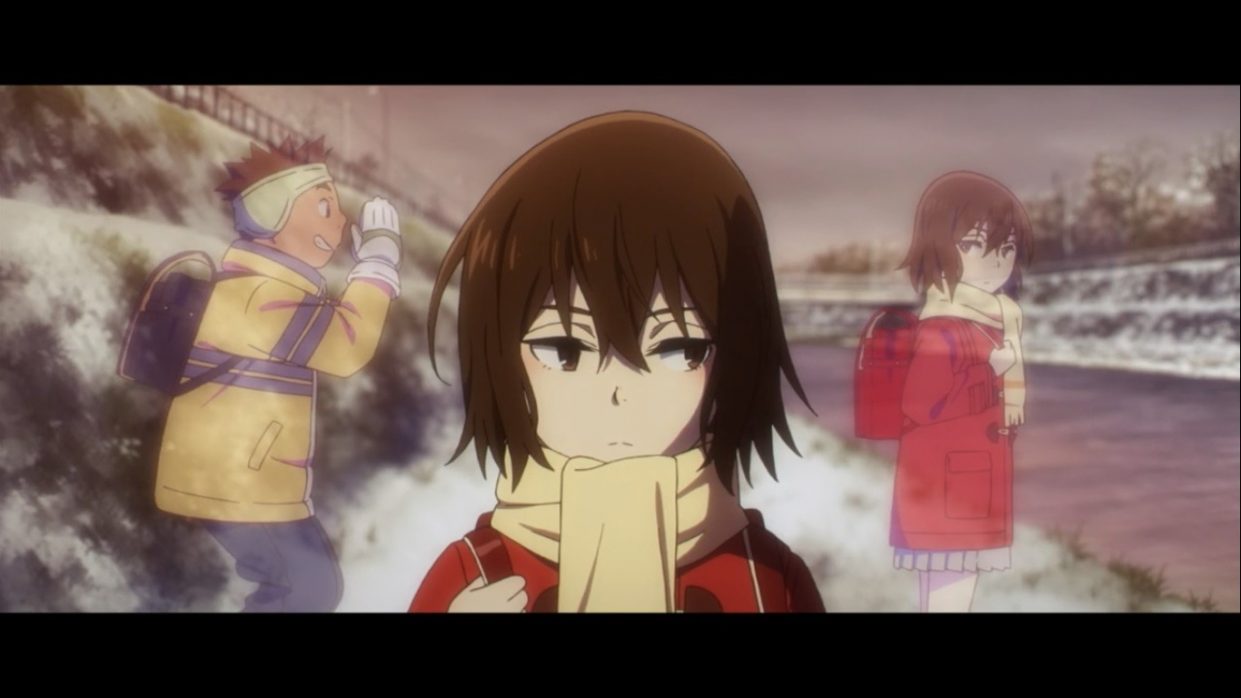
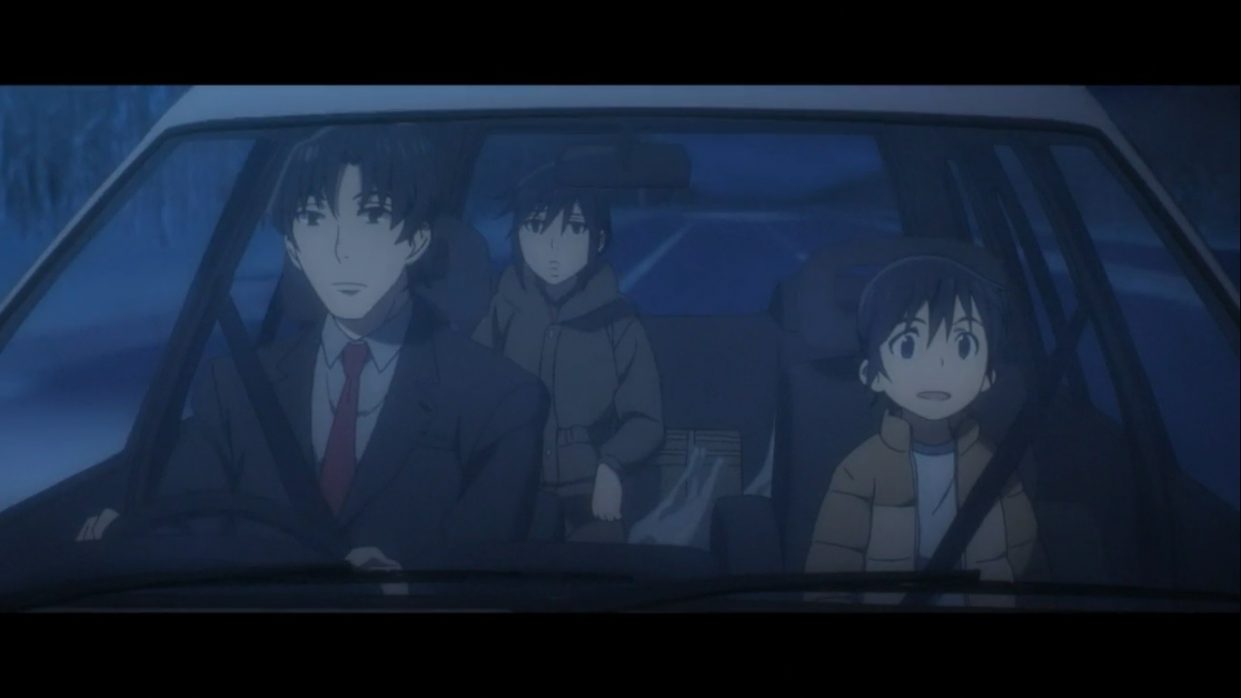
The story centers on Satoru Fujinuma, he is 28 years old and draws manga. The guy’s life is generally routine, but with a nuance. Every time an incident occurs near him, his consciousness involuntarily goes back a few minutes, which allows him to look around and correct the situation. True, one day something so terrible happened that his consciousness was torn away 18 years ago and there was no hurry to return.
Satoru’s story is primarily about how you can relive your childhood, look at many things through the eyes of an adult and, perhaps, correct mistakes. True, this all unfolds against the backdrop of historical events in a small town where everyone knows each other. Some bad things happened to Satoru as a child, partly because he was unable to help.
But I suggest you find out for yourself what exactly it was and how it ended. The series looks very easy, the orientation changes in a couple of evenings, and leaves behind a tart, bittersweet aftertaste.
👁️ Watch on RuTube
It’s worth starting with this anime, and then I got involved in everything else
An attentive and, most likely, keen reader will notice the absence of many popular titles. The list does not include the works of Makoto Shinkai, nor any fashionable and modern series such as “Dandandan” or “Chainsaw Man”. And if Shinkai simply, in my case, has less response in heartfelt films than the same Hayao Miyazaki, then all these modern “Freeren” and so on are already the next level. An unprepared person will most likely not enter.
My primary task was to share precisely these titles, which I personally consider an excellent entry point into the global layer of modern culture. At the last stage, technologies do not pretend and I will be very glad to have a detailed discussion in the comments. Perhaps I will also be less likely to think that instead of Psycho-Pass, I would be better off directing any film about the adventures of Motoko Kusanagi.
It is with this thought that I voice you. Have a good day!
Source: Iphones RU
I am a professional journalist and content creator with extensive experience writing for news websites. I currently work as an author at Gadget Onus, where I specialize in covering hot news topics. My written pieces have been published on some of the biggest media outlets around the world, including The Guardian and BBC News.


